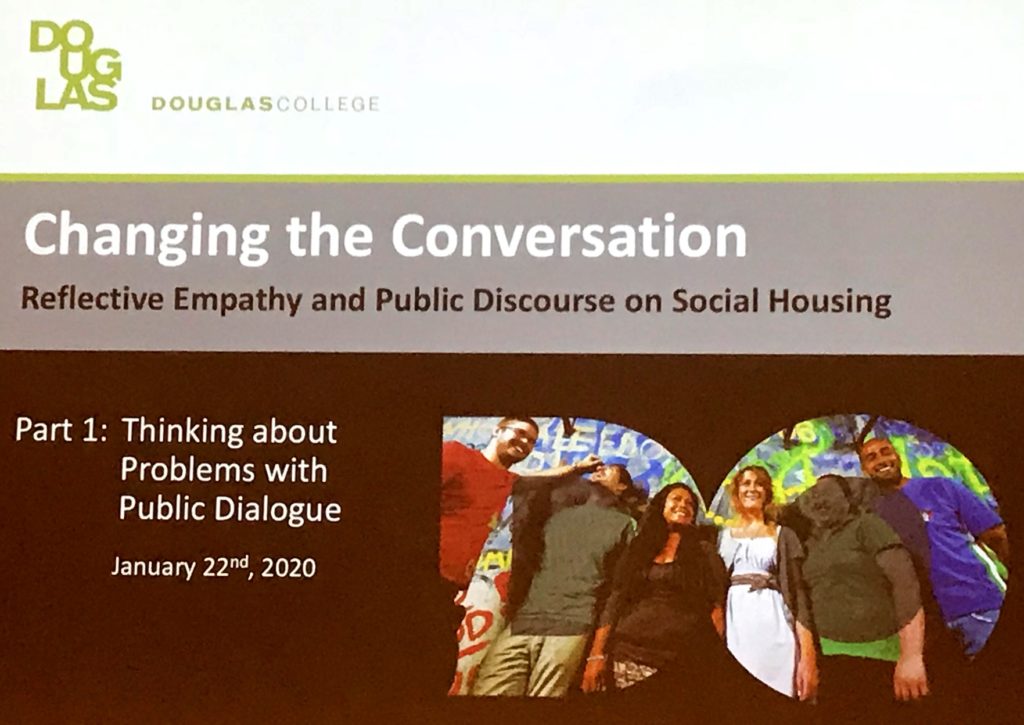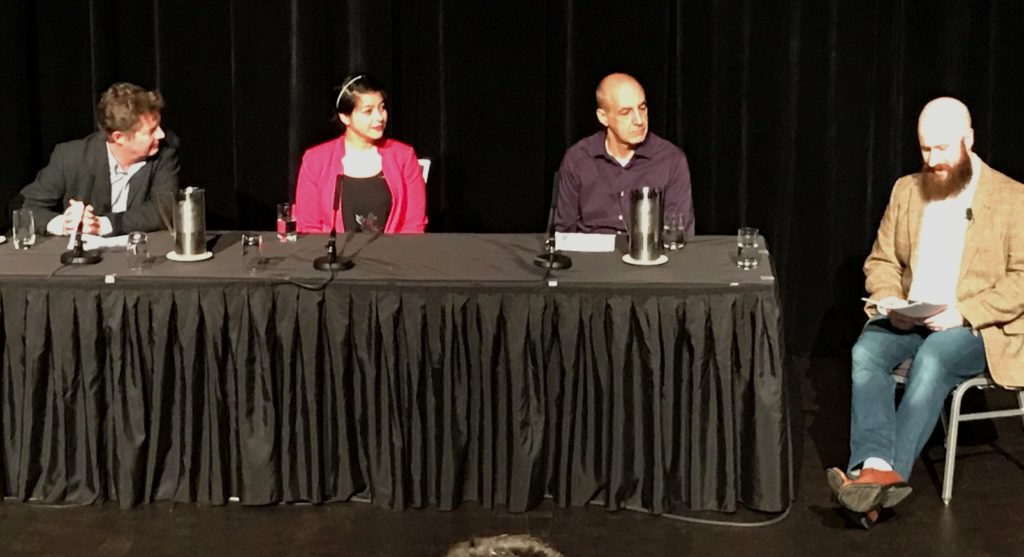There is a lot of stuff going on right now. There are stories local and international that are causing people alarm, confusion, and anxiety. I cannot tell if things are spinning faster now, or if we are all so apprehensive about our imminent release from social quarantine that the tension is making us hyper aware. There will be a reams of sociology research coming out of the time we are in, and the times to come over the next 6 months. Or 8 months. Or 12. Who knows, and maybe that we don’t know timelines is part of this. Or maybe its just me.
I get a lot of correspondence as an elected type, and like many of you have been spending a lot of time looking out through social media at the conversation in my community. I have been stepping out to shop, to exercise, to smell the flowers in a park. Talking to friends from 7 feet apart and stepping sideways to yield some sidewalk space. Wondering if I send the wrong signal when I tried to hold the door for someone, not at first recognizing that they didn’t want to walk past me. There is a common thread through all of this – anxiety. Or maybe nervousness is a better word, and anxiety best reserved for when it becomes disproportionate and disabling, Even then how are we to know what level of discomfort is “disproportionate” right now?
Last year, the City of New West was reviewing applications for cannabis retail stores. These were, nominally, just regular rezoning applications to add another legal use to existing retail locations. We had many people write to us and come to the Public Hearing expressing fear and concern about the impact of these stores on their neighbourhood, their community, and their children. With cannabis made legal and its use already ubiquitous in our community, it was hard to understand where this seemingly disproportionate anxiety was coming from.
A wise colleague put this into context for me. Government at every level, police, schools, churches, and the media, had spent most of the last century telling the public that cannabis was a terrible threat. Reefer Madness, gateway drug, a surefire way for your child to throw their life away. We invested millions in scaring the population about this menace, and incarcerating people for using or trading in it. Then one day, government declared it legal and all fine now, with very little fanfare, and (most importantly) limited education about the reality of its health impacts. They frankly never said “we were wrong”, or if they weren’t wrong, why those fears they transmitted are now not important. What right do we have now to act surprised that everyone didn’t just say OK when that shift happened? We need to recognize that the anxiety came from a place not of the anxious person’s making. We must be compassionate about the impact it is having on them while working on re-doing the public education about this issue.
I feel that the same applies right now as people start to transition out of lockdown, and into whatever modes come next. Except it is on a compressed timeline, and a threat more imminent. Parents are understandably unsure about sending their kids to school, some are nervous about playgrounds opening while others are chagrined that we are not moving faster to open them up. Some feel inconvenienced by the lineups and physical distancing requirements at the Farmers’ Market, others are comforted to see that they can buy food with crowding managed for safety, still others feel the Farmers’ Market is not doing enough to satisfy their personal comfort.
It’s not necessarily because people don’t trust guidance from government or public health officials. Though some may feel that way, the people of BC have demonstrated over the last 4 months incredible faith in the leadership guiding us through this, and faith in their community. However, as that guidance changes, people need time to interpret and adapt to that change. Very few people alive have been through anything like this before, and we are all (experts and lay people) making this up as we go along, doing the best we can. We are all taking different paths through this crisis, some are more vulnerable, some feel more vulnerable. As this is a crisis that has required collective action, our vulnerability and sense of vulnerability are impacted by the actions of others as much as our own action.
So all this to say what Dr. Henry said eloquently in so few words: “Be calm, be kind, be safe”
As we transition to re-opening, try to do so with other people’s anxiety in mind. It may not be rational to you, but that is a sign to listen, not to dismiss. We need to be kind to each other and recognize their path is different than our own. Before we criticize others for attending events, or refusing to attend events, before we judge decisions other parents make about how their children interact or play in the weeks ahead, before we mask-shame someone or question their picnic habits, use kindness to inform your view.
And be kind to yourself. It is okay to feel uncomfortable or unsure. We are all making this up as we go along, we are all doing our best, and we are all wondering if it is enough. BC has done a great job up to now, potentially thousands of lives have been saved, and we did it by working together. Let’s keep that collective spirit, keep thinking of each other.
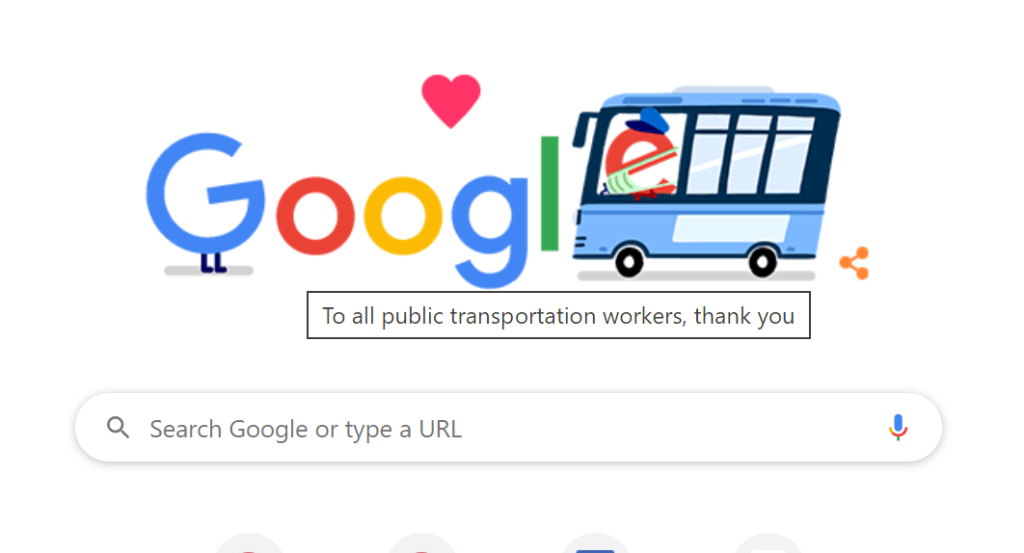
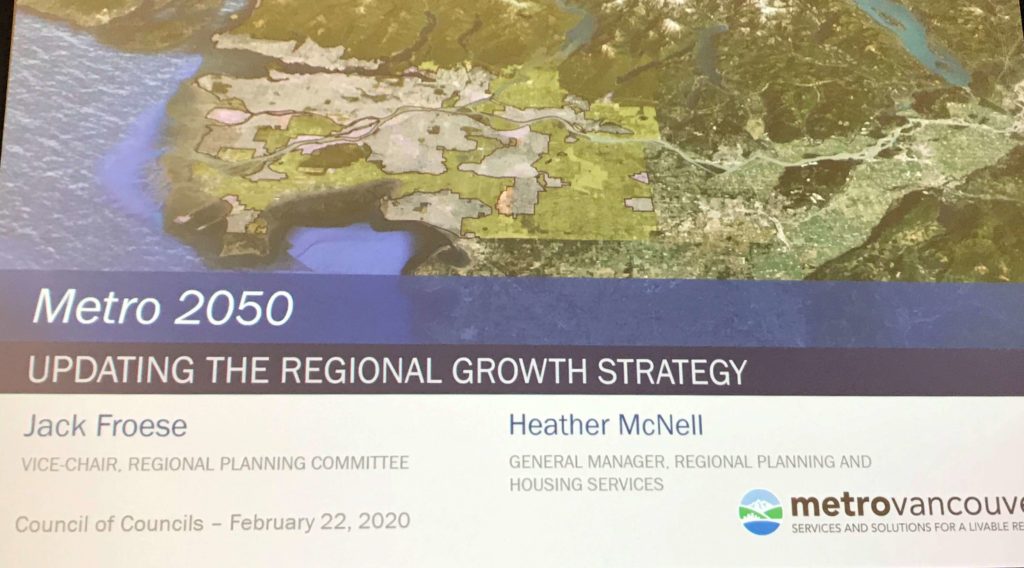
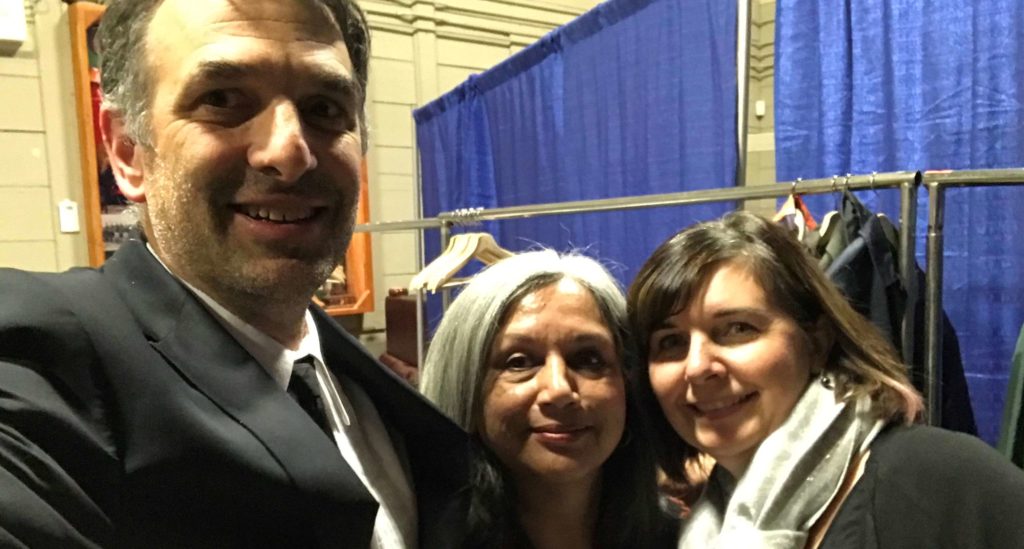

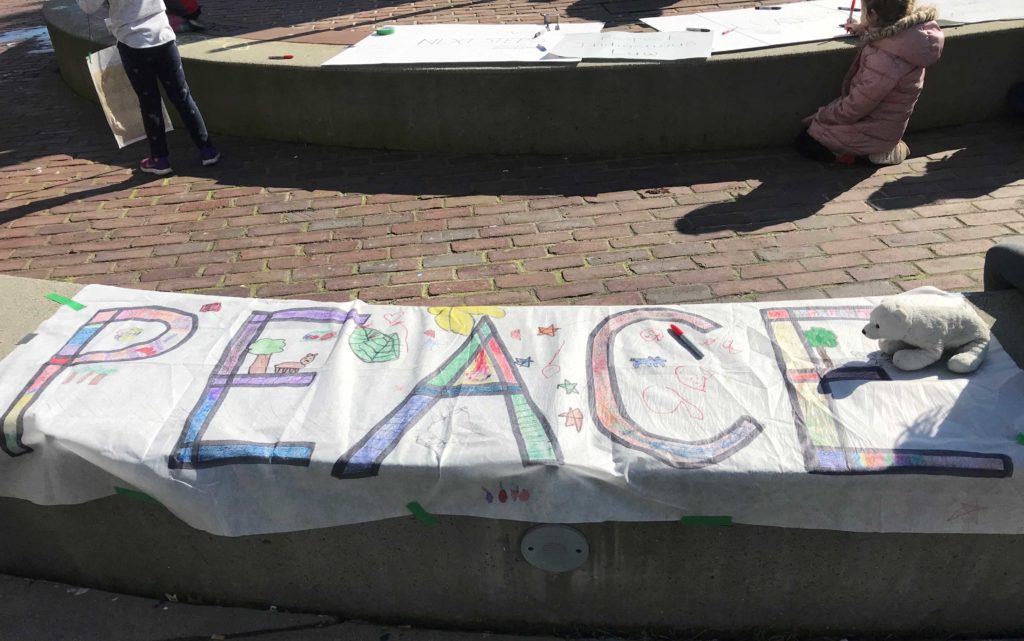
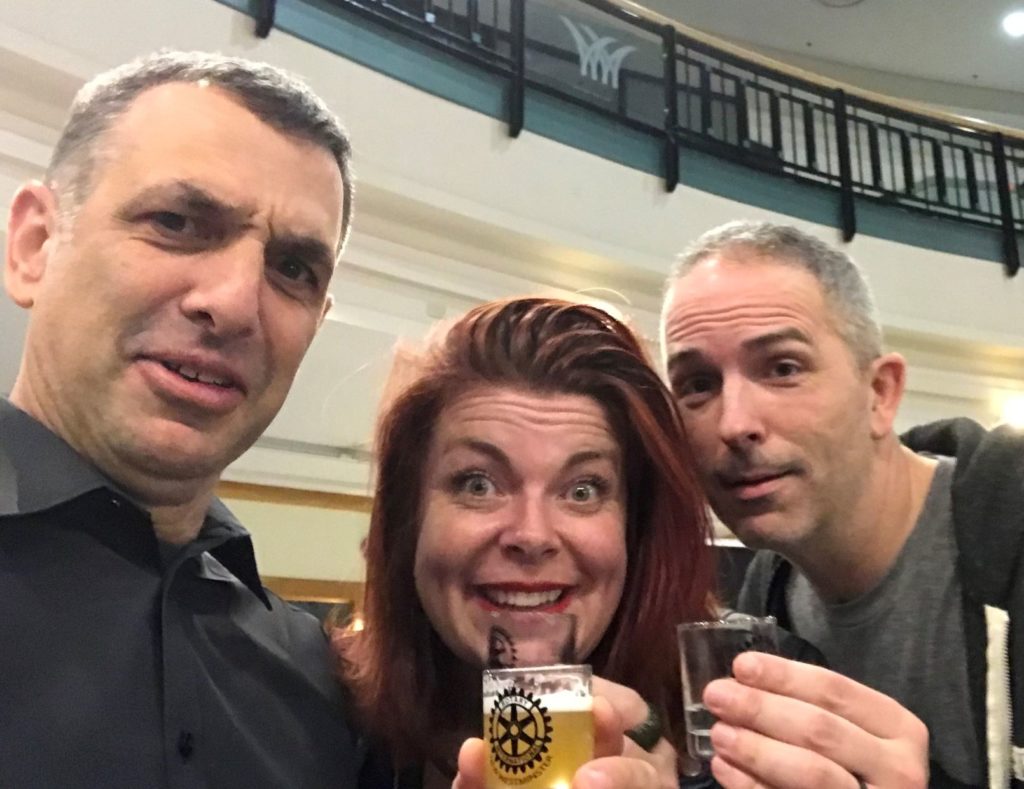
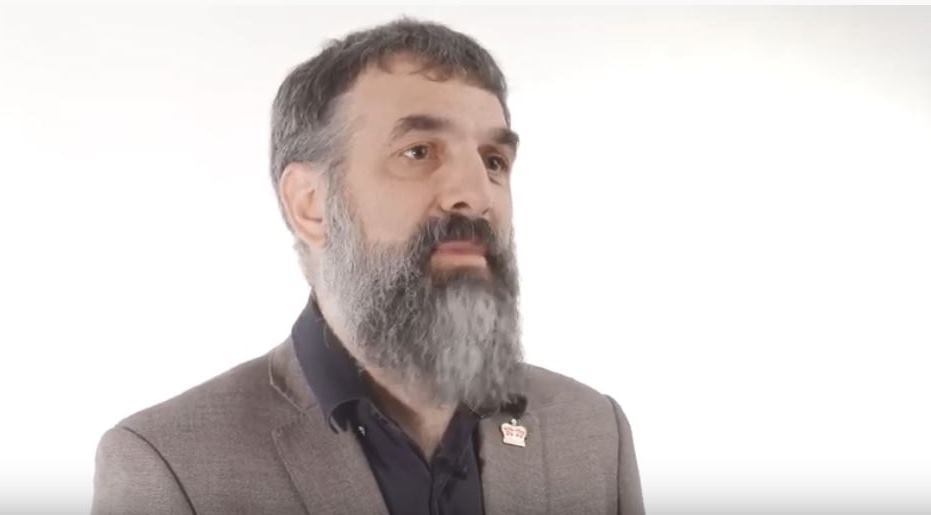

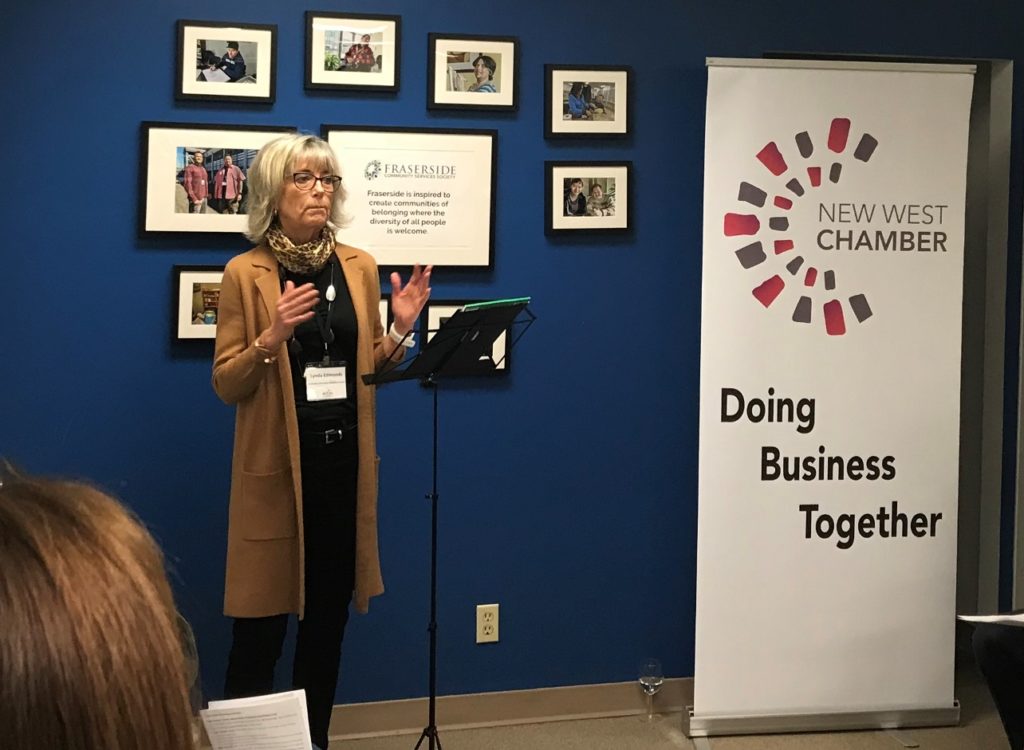
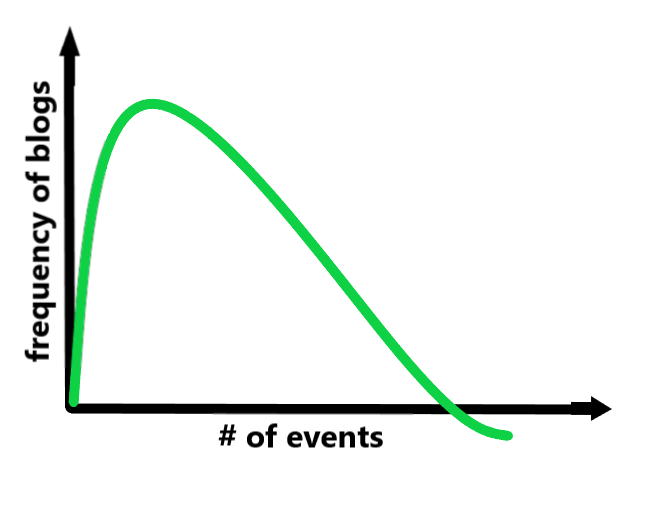 Since my last of these community updates, we ran into snowpocalypse or snowmageddon or
Since my last of these community updates, we ran into snowpocalypse or snowmageddon or 